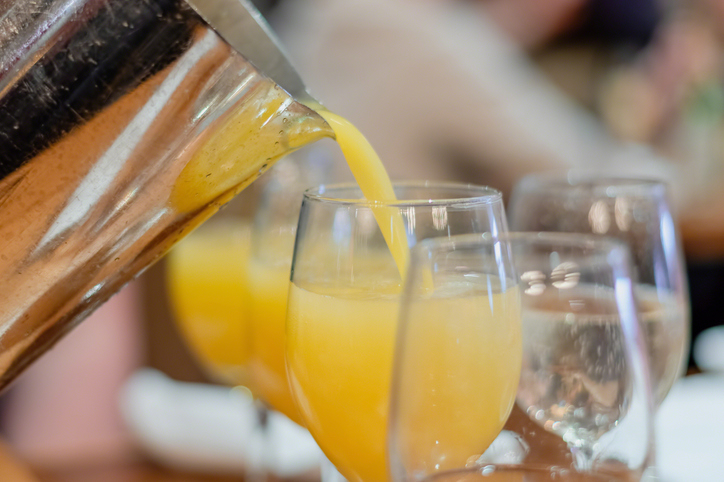(NewsNation) — Americans are feeling the squeeze as the price of orange juice continues to rise.
In June, orange juice cost $4.26 per 16 ounces, up 30% from the year before and nearly $2 more than in 2020, according to United States Department of Agriculture (USDA) data.
A disease known as citrus greening is one of the main culprits. It’s costing citrus growers millions of dollars a year and the USDA said it’s the most serious threat the industry has ever faced.
“Despite intense efforts, citrus greening now threatens the survival of Florida citrus, has a toehold in other citrus areas, and poses a threat to the entire U.S. citrus industry,” the USDA said.
The disease, also called Huanglongbing (HLB), was first detected in Florida in 2005 but has since spread to parts of Texas and California. Citrus greening doesn’t pose a threat to humans or animals but it wreaks havoc on infected trees, which eventually die.
That’s put additional strain on orange production, which dropped 90% in Florida from 2005 to 2023, according to the American Farm Bureau Federation (AFBF).
“Citrus production in the United States [is a] pretty dire situation right now,” Daniel Munch, an economist at AFBF, recently told CNBC. “When you have a lack of supply that’s unable to meet demand, prices for consumers shoot up.”
Extreme weather has also taken a toll on citrus crops in the Sunshine State, further constraining supply and pushing up prices. In 2022, Hurricane Ian crossed over 375,000 acres of citrus groves, inflicting up to $675 million in damages to growers.
Both citrus greening and costly hurricanes — which many expect to worsen with climate change — don’t have simple solutions.
As of now, there’s no known cure for citrus greening and researchers are still trying to figure out how to combat it. One solution could involve using dogs to detect the disease early.
In one experiment, researchers trained a team of dogs to detect citrus greening and citrus canker, another plant disease. That trial had accuracy rates above 99.97%, according to the USDA.
The federal agency’s Animal and Plant Health Inspection Service (APHIS) plans to deploy dogs over the next two years and said it’s working with dog training companies to commercialize the service.
